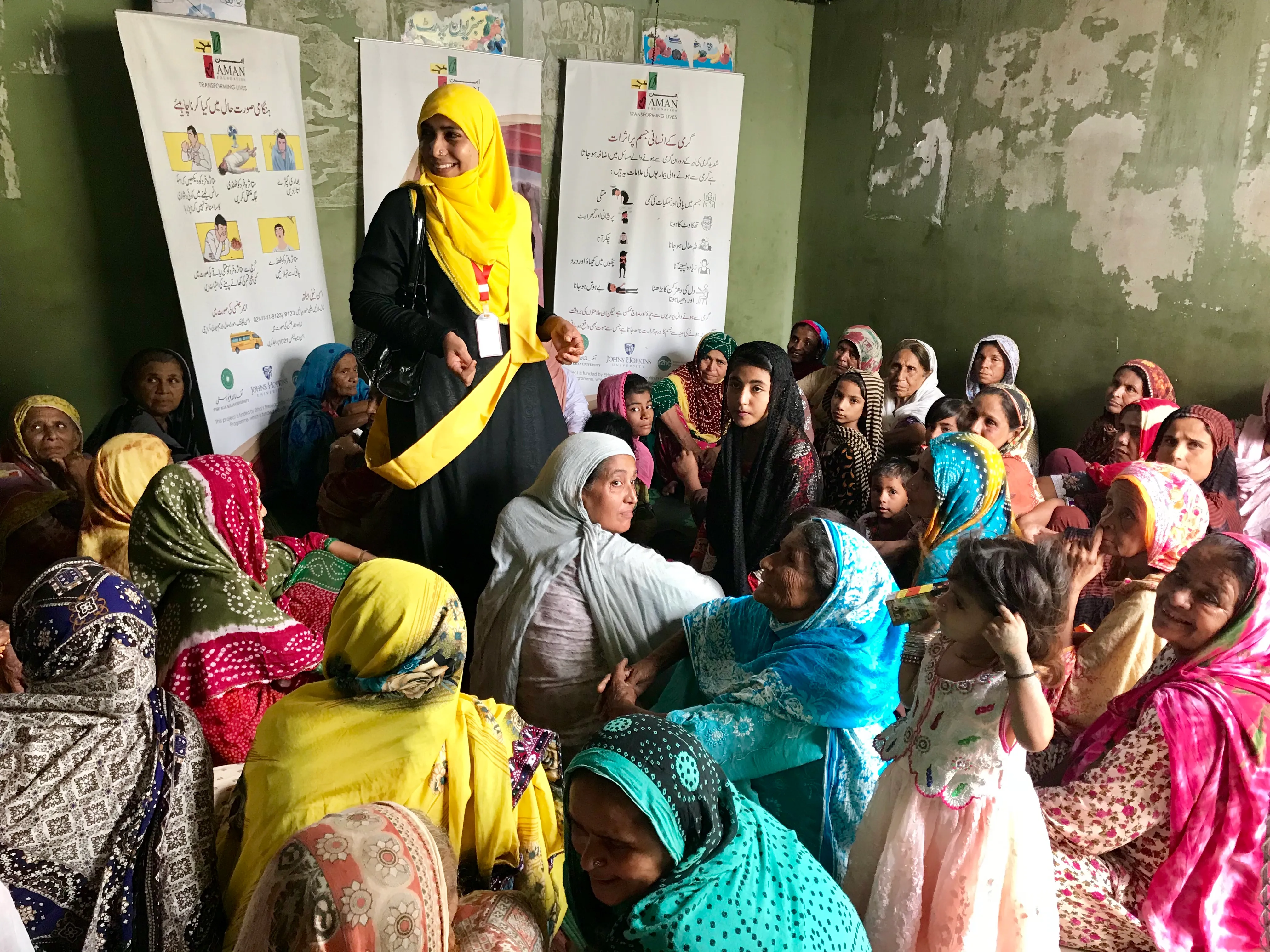How useful have the emergency wheelchairs been?

Guest blog for Sarah Sheldon, Motivation Programme Manager.
I’m on my way back from a week visiting recipients in the Philippines of Motivation’s emergency response wheelchair. I was a guest of Handicap International and BMFI, Johanniter International Assistance’s local partner.
I was apprehensive about what I would encounter, however, although the situation is still grim, remarkable progress has been made since November, when the strongest wind ever recorded to make landfall tore across the archipelago leaving a decimated landscape in its wake. Determined hard work by the local population, government and international agencies clearing debris, reconstruction and relief, has pushed the process of recovery forward. Both Johanniter and Handicap International have been involved in providing relief services in Leyte, one of the islands severely affected by the typhoon.
The two organisations’ emergency responses were based on a different model so it was a good opportunity to learn from the different approaches. Johanniter worked with local volunteers from a Filipino organisation to distribute 50 emergency response wheelchairs., distributing 29 of these wheelchairs in two weeks.

The remaining wheelchairs were given to Handicap International who have set up a larger response, with an international team based in country for a few months. They have a team of local clinicians to identify affected people who need to be referred to services, providing rehabilitation care and distributing assistive devices including the emergency response wheelchairs.
To assess whether the wheelchairs had been fitted properly, and so we could see how well the training had been passed on, we visited some of the wheelchair users who had received emergency response wheelchairs. Although most of the wheelchair users did not have a disability or injury relating to the typhoon, they had all been affected by the disaster in some way, and it was moving to witness their stories. Many people had lost their homes and were in the process of rebuilding. One man we met had suffered a severe injury when a coconut tree fell on him and his wife.
One positive story came from a lady who had been disabled for a year since contracting skeletal tuberculosis. She told us how she had had to be carried to a shelter by her family to stay safe during Haiyan; but in a subsequent typhoon evacuation in January she had been able to go to the shelter in her wheelchair. She told us how much safer and less reliant on others this made her feel and that she had been able to get to safety more quickly than before.
Stay updated
Sign up for our newsletter to receive regular updates on resources, news, and insights like this. Don’t miss out on important information that can help you stay informed and engaged.
Related articles



Explore Elrha
Learn more about our mission, the organisations we support, and the resources we provide to drive research and innovation in humanitarian response.